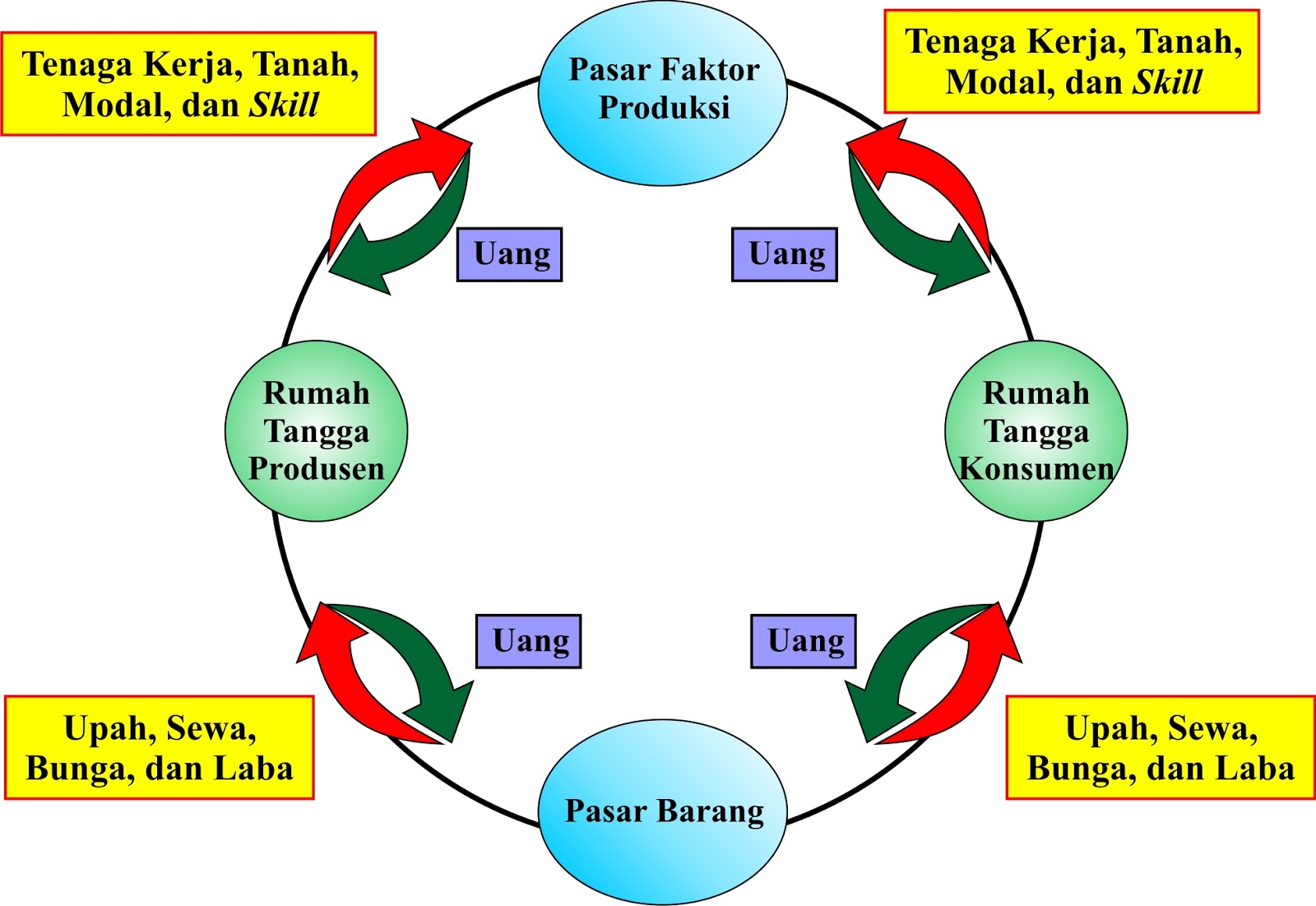
Just as we illustrate the capital structure, we also clearly show the price structure, as well as how the price structure drives the capital structure across time. Instead one wonders, “How does this amazing structure arise and what keeps it healthy?” Who could look at LinKē and imagine that arbitrarily shifting capital around might be a good idea? Then by taking away all but the capital, we see the capital structure with it’s various stages of heterogeneous capital. It also demonstrates the element of time as material moves through the production process.

LinKē visually represents the traditional factors of production, but in a more granular and realistic way. Zooming back out, we see an economy with heterogeneous capital, specialized workers, and entrepreneurial organization, converting natural resources into products per consumer desires. We have disaggregated the Circular Flow Diagram’s interchangeable “labor” into specialized workers operating specific capital. Zooming in, we see that each business has specialized capital and workers to accomplish its particular task. The LinKē Model illustrates the stepwise conversion of natural resources into products via a network of businesses. No wonder we’re all Keynesians now!īut by using 3D graphics, we’ve built an Austrian-based model that’s simple, rigorous, and comprehensive. Thus, countless millions have a cartoonish mental model of the economy and fall prey to the most blatant nonsense. The obtuse Circular Flow Diagram has simply won by default.Īnd what a victory! Every high school and college econ text puts it front and center. Hayek’s Triangles, Böhm-Bawerk’s Concentric Circles, and the Physiocratic Tableau, all leave users perplexed. Attempts to build such models have floundered. It places consumption before production and supports a fantasy macro world where saving is destructive, deficits don’t matter, and MMT makes sense.īut the economy is just too complex to grasp without some sort of simple, realistic model. Yet, all along we’ve known its shortcomings: over-aggregation, static capital, instantaneous production, and homogeneous factors. A presentation that counts on a color palette that not only fits the company’s brand but also highlights the label of each segment of the circle is a must.The Circular Flow Diagram has dominated economic thought for over a century. Presenters should always consider branding before selecting a circular diagram PowerPoint template. If the label appears to be too doubtful or ambiguous to the audience, then it is better to select a template that has graphic legends that complement the label.

In the PowerPoint template is crucial to add proper labels to the sections. Too many sections can clutter the design so it is auspicious to simplify as possible for the reader to get the message properly. Limiting the number of slices or segments on the circle is recommended. But there are some fundamental aspects to follow to make an optimal and easy-to-understand structure. The way a diagram is presented depends directly on the user’s criteria. If the evaluation resulted in a 6-step procedure, then a PowerPoint template that covers this number of segments is the wisest selection. The first thing to do is for the user to identify a template that fits best with the research.

The variety of the templates covers multiple designs, concepts, and styles, from 7-steps circles to 3D multilevel diagrams. SlideModel offers a huge catalog of circle diagram PowerPoint templates that can fit any requirements.


 0 kommentar(er)
0 kommentar(er)
